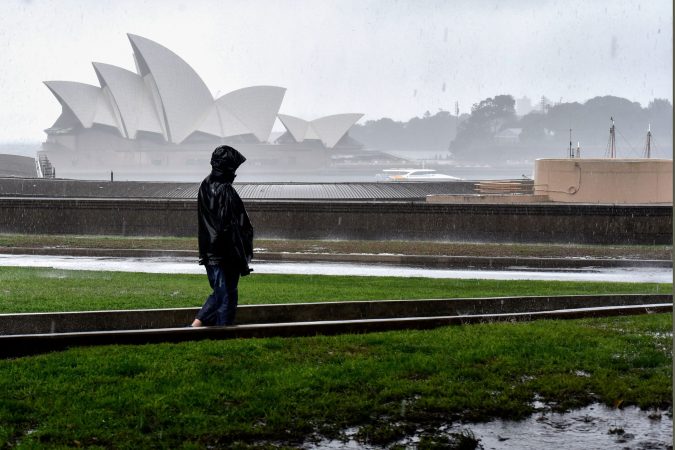

More than 100 million people across the US were under heat warnings this weekend, as a large heat dome pushes temperatures to extremes with few signs of relief. The excessive heat warnings and advisories stretch from the Pacific Northwest into California, parts of the Southern Plains, Central Gulf Coast, and southern tip of Florida, according to the National Weather Service (NWS).
[Related: How to stay cool if you lose power during a heatwave.]
On Sunday July 17, Phoenix saw its 17th consecutive day of temperature of 110 degrees Fahrenheit or higher, putting the city on track to beat the longest stretch of such intense heat. The previous record of 18 days in a row above 110 degrees was set in 1974. Temperatures soared to 118 degrees on Sunday, and area hospitals reported patient surges and overcrowding.
“This is the worst summer in recent memory,” Valleywise Health emergency medicine physician Frank LoVecchio told NBC News. “I’ve been working here since 1996, this same hospital, and this is one of the worst summers because we’ve had so many days in a row … this super warm weather.”
Heat has killed at least 12 people in Phoenix so far this year.
In Las Vegas, Harry Reid International Airport reached 100 degrees as early as 8:40 a.m. on Sunday, then briefly hitting 116—tying the record for July 16 set in 1998. Meteorologists urged residents to not underestimate the risk of days-long heat waves as temperatures are expected to tie or beat records.
“This heatwave is not typical desert heat due to its long duration, extreme daytime temperatures and warm nights. Everyone needs to take this heat seriously, including those who live in the desert,” warned the NWS Las Vegas.
Death Valley, California saw temperatures of 128 degrees on Sunday, surpassing the daily record by a single degree in one of the hottest places on Earth.
Heat domes, like the one responsible for all of this misery, are strong high-pressure systems that stay put over a large swath of land and trap hot ocean air. In the US, their main cause is a strong change (or gradient) in ocean temperatures from west to east in the tropical Pacific Ocean during the preceding winter, according to NOAA.
The air descends to the ground, compresses, and then significantly warms. This cycle can continue for days or weeks, and it discourages cloud formation making for very little coverage blocking the sun’s energy. Moisture typically evaporates at the beginning of a heat dome, but the moisture will eventually deplete.
[Related: ‘Unprecedented’ ocean temperatures and extreme heat waves pop up around the globe.]
“There is no cloud cover, there is a lot of solar radiation coming in, there is no precipitation,” climate scientist at the Pacific Northwest National Laboratory Claudia Tebaldi, told Wired. “You also trigger this feedback—you dry the soil, and there is no way for things to cool down by evaporation.”
According to an analysis from science communication nonprofit Climate Central, today’s persistent heat is at least five times more likely due to climate change. The recent arrival of a naturally occurring El Niño weather pattern is also bringing hotter weather around the world. El Niño can also exacerbate warmer temperatures caused by the burning of fossil fuels and other greenhouse gas emissions.
“With global warming, such temperatures are becoming more and more likely to occur,” Ceverny, the World Meteorological Organization’s records coordinator, told the Associated Press. “Long-term: Global warming is causing higher and more frequent temperature extremes. Short-term: This particular weekend is being driven by a very very strong upper-level ridge of high pressure over the Western US.”
To stay safe, Ready.gov recommends learning to identify the signs of heat-related illnesses, finding places to keep cool like libraries and cooling centers, and taking cool showers or baths. You can also stay cool without air conditioning by keeping your body moist and keeping sunlight out by covering your windows.























